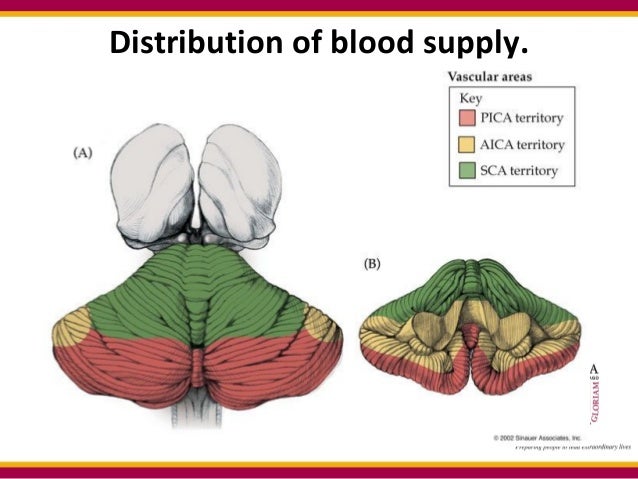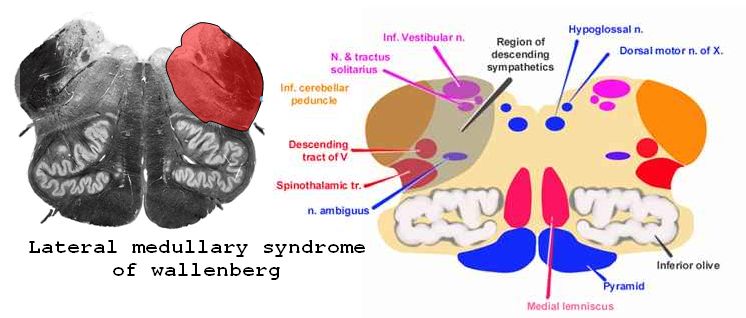
Onset is sudden and the major symptoms of cerebellar stroke are occipital headache, vertigo, nausea and vomiting, and unsteady gait. The early reported cases were patients with large infarctions and a fatal course secondary to edema, compression of the brainstem, and hydrocephalus whose typical clinical symptoms were headache, vertigo, vomiting, and gait ataxia followed by a delayed progression to coma and death ( 62 23). Three clinical groups were recognized: those with sudden onset and rapid progression to coma those with headache, vertigo, vomiting and ataxia and those with gradual hydrocephalus ( 61).Ĭerebellar infarcts were not diagnosed during life until neuroimaging became available and was sensitive enough to identify small lesions in the cerebellum.

Other authors reported that many patients with cerebellar hemorrhage were comatose on presentation and less than half of those conscious had signs suggesting cerebellar dysfunction. Few patients had dizziness, cranial nerve palsies, headache, contralateral hemiplegia, and conjugate eye deviation ( 64).

#PICA SYNDROME CEREBELLUM SERIES#
Early large case series of cerebellar hemorrhage showed that many patients died suddenly while many others had coma as their only sign. Compared to those injuries, cerebellar strokes have a distinctive clinical picture due to the temporal profile of the disorder and the different vascular territories that can be affected. Gordon Holmes described the classical clinical signs of ataxia and atonia attributed to pure cerebellar lesions in patients with missile wounds occurring during World War I ( 27). Furthermore, the acute treatment often involves a surgical intervention. These 2 entities have much in common with stroke in other areas of the brain such as risk factors however they have distinctive clinical symptoms, signs, and prognosis. Infarction and hemorrhage are at different ends of the spectrum of vascular disease of the cerebellum they share clinical features and some management strategies therefore, they will be reviewed together. These patients may benefit from suboccipital craniectomy for decompression. Patients with large cerebellar ischemic strokes can have a delayed neurologic decline due to the development of cerebellar edema leading to brainstem compression and obstructive hydrocephalus.Acute vestibular syndrome can be due to stroke, and bedside neurologic testing has been shown to be highly sensitive for detection of a central etiology, even in the setting of a negative brain MRI.Cerebellar hemorrhage is a life-threatening condition with significant risk for neurologic decline due to brainstem compression and hydrocephalus.

In this article, the author discusses the clinical presentations associated with the different vascular territories within the cerebellum, the potential to confuse its presentation with peripheral causes of vertigo, and the usefulness of the head thrust test to differentiate between peripheral and central causes of dizziness. Their management often requires surgical intervention, and the prognosis is usually good when the intervention is performed before the patient becomes comatose. They frequently present with headache, nausea and vomiting, dizziness, and a striking difficulty standing or walking. Both conditions are critical neurologic disorders with potential catastrophic outcomes. Cerebellar infarct and hemorrhage account for about 2% of all strokes.


 0 kommentar(er)
0 kommentar(er)
